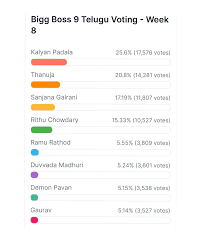An Insight into Education in Maharashtra: Current Trends and Future Prospects

Introduction
Education in Maharashtra has long been regarded as a significant contributor to India’s academic and vocational landscape. With a diverse population and a mix of urban and rural settings, the state’s education system faces distinct challenges and opportunities. Recent governmental reforms and initiatives aim to enhance educational accessibility and quality, making this topic increasingly relevant as the state navigates the complexities of modern education.
Current State of Education in Maharashtra
As of 2023, Maharashtra boasts a broad network of educational institutions, ranging from primary schools to prestigious universities. The literacy rate in Maharashtra is approximately 83%, which is higher than the national average. Significant efforts have been made to improve infrastructure and facilities in both urban and rural areas. The state government is actively pursuing measures to bridge the educational gap in rural regions through initiatives like the ‘Right to Education’ Act and the ‘Samagra Shiksha Abhiyan’.
Challenges Faced
Despite these positive trends, challenges remain. The COVID-19 pandemic disrupted traditional learning methodologies, leading to a substantial setback in student engagement and learning outcomes. Many students, particularly in rural areas, faced digital illiteracy and lacked access to online educational resources. The policy makers have recognized these issues and are working towards integrating technology in classrooms to foster a more resilient education system.
Notable Reforms and Initiatives
In response to the changing educational landscape, the Maharashtra government has initiated several reforms. A notable effort is the introduction of skill development programs aimed at enhancing employability among students. Moreover, emphasis is being placed on teacher training and curriculum modernization to align with current job market requirements. Furthermore, partnerships with various NGOs and international organizations have been established to improve educational quality and governance.
Conclusion
The future of education in Maharashtra appears promising, bolstered by ongoing reforms and a commitment to enhancement at all levels. However, sustaining this progress will require continuous efforts to address digital divides and resource disparities, ensuring all students have equitable access to quality education. As Maharashtra moves forward, it serves as a critical case study for other states in India grappling with similar educational challenges and ambitions.








